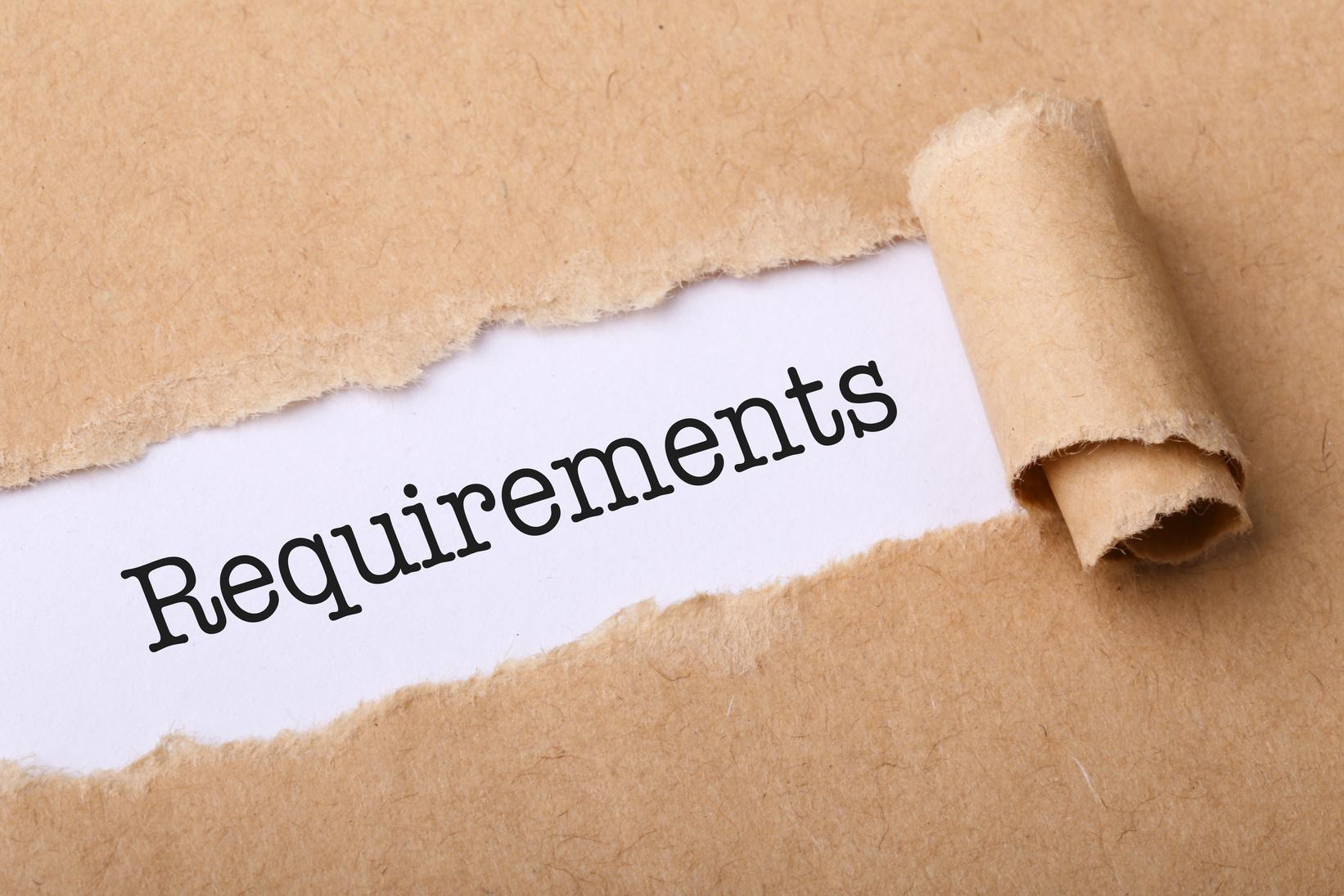
1 minute read
Consider Butyl Tape Thickness and Width:
Butyl tapes are available in a variety of thicknesses and widths, and selecting the correct specifications is critical for producing a good seal. Thicker tapes have higher gap-filling capabilities and are therefore appropriate for irregular or uneven surfaces.
Thicker tapes, on the other hand, may require greater pressure to conform to the surface. To guarantee a suitable fit, consider the gap size and the quantity of compression you can apply. Furthermore, the width of the tape should be sufficient to effectively cover the target sealing area.
Advertisement
Assess Flexibility and Conformability:
Butyl tape must be flexible and conformable, especially when sealing irregular surfaces or complex shapes. The tape should be bendable and conformable enough to the curves of the surfaces to ensure a tight seal. Examine the tape's ability to stretch and recover without losing its seal. A very flexible and conformable tape will give good covering and aid in the maintenance of a secure seal even on difficult surfaces.

Determine the Application Method:
Consider the application method that suits your sealing project. Butyl tapes are available in various formats, including rolls, sheets, or pre-cut pads. Rolls offer flexibility in cutting the desired length, while sheets or pre-cut pads can be convenient for specific applications. Choose the format that aligns with your project requirements, ensuring ease of use and minimal waste.

Verify Compatibility with Substrates:
Check that the butyl tape you've chosen is suitable with the surfaces or substrates you're sealing. Butyl tape attaches nicely to metals, glass, plastics, and rubber in general. However, compatibility must be confirmed, especially when dealing with uncommon or specialist materials. To aid in the selecting process, several manufacturers give compatibility charts or suggestions.



